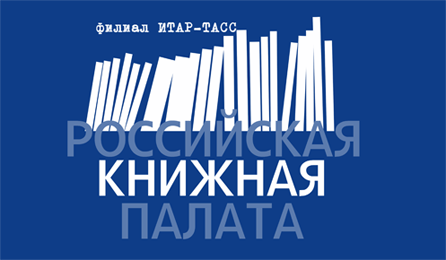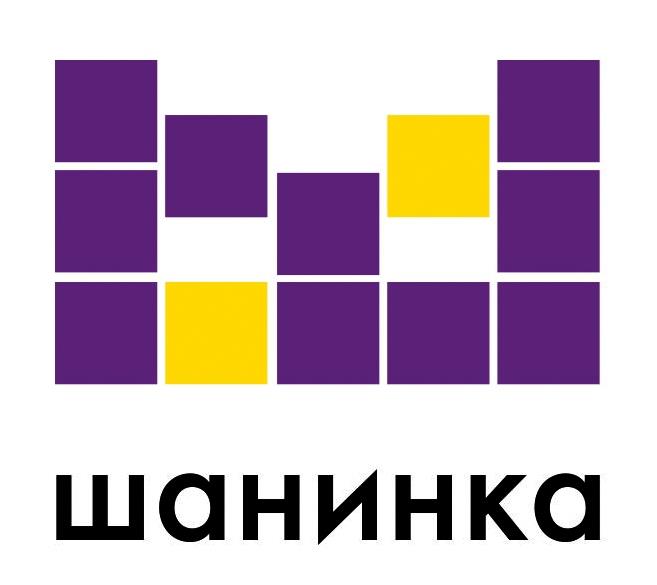Rural-urban migration in contemporary Russia through the prism of quantitative and qualitative analysis
Jul 20 2024Kartseva M. A., Mkrtchyan N. V., Florinskaya Yu. F. Rural-urban migration in contemporary Russia through the prism of quantitative and qualitative analysis // The Russian Peasant Studies. 2024. V.9. №2. P. 153-179.
DOI: 10.22394/2500-1809-2024-9-2-153-179
Annotation
The authors consider the Russian rural-urban migration, focusing on its current trends. The migration loss of rural population has decreased slightly; however, the outflow from rural areas depends on multidirectional processes in suburbs and peripheral villages. According to the Russian Federal State Statistics Service, rural periphery continues to experience a strong migration decline, while the suburban village rapidly grows due to migration. Based on the microdata of the sociological survey “People, family, society” conducted by the INSAP RANEPA in 2023 and econometric techniques, the authors examined rural-urban migration as related to the labor market and income. The article shows that individual decisions to move from rural to urban areas are rational and economically justified, since such a migration improves one’s position in the labor market, increases wage and per capita income. The identified motives for migration from rural to urban areas and its social-economic drivers were confirmed by a series of in-depth interviews conducted in the summer of 2023.
Keywords
Rural area, rural population, cities, rural-urban migration, employment, wage, income.
About the authors
Marina A. Kartseva, PhD (Economics), Deputy Head of the Institute for Science, Russian Presidential Academy of National Economy and Public Administration, Prosp. Vernadskogo, 82, Moscow, 119571, Russia.
E-mail: This email address is being protected from spambots. You need JavaScript enabled to view it.
Nikita V. Mkrtchyan, PhD (Geography), Senior Researcher, National Research University Higher School of Economics; Institute for Science, Russian Presidential Academy of National Economy and Public Administration, Prosp. Vernadskogo, 82, Moscow, 119571, Russia.
E-mail: This email address is being protected from spambots. You need JavaScript enabled to view it.
Yulia F. Florinskaya, PhD (Geography), Senior Researcher, Institute for Science, Russian Presidential Academy of National Economy and Public Administration; National Research University Higher School of Economics, Prosp. Vernadskogo, 82, Moscow, 119571, Russia.
E-mail: This email address is being protected from spambots. You need JavaScript enabled to view it.
The article was submitted on 16.02.2024.
Urban population of the Jewish Autonomous Region in the historical dynamics of the late 1980s–2010s
Nov 25 2022Breslavsky A. S. Urban population of the Jewish Autonomous Region in the historical dynamics of the late 1980s–2010s // The Russian Peasant Studies. 2022. V.7. №3. P. 151-173.
DOI: 10.22394/2500-1809-2022-7-3-151-173
Annotation
The article focuses on the current demographic development of the urban settlements network in the Jewish Autonomous Region under its ongoing deindustrialization and the revision of the strategy of its social-economic development. Based on the results of the All-Union census of 1989, data of the All-Russian censuses and special surveys, the author describes the demographic crisis of all urban settlements in the region: 2 cities and 12 workers’ settlements. The high dependence of settlements on the local city-forming industrial enterprises and their insufficient infrastructural development in the Soviet and post-Soviet periods determined the current demographic crisis. During the period under study, the population in 8 workers’ settlements decreased by more than a third (in each), in 4 — by more than a half. The population of the city of Obluchye decreased by a third, of the capital city Birobidzhan — by 15%. Today, this demographic crisis is determined by the sustainable trends of the natural population decline and by the out-migration in the 1990s–2010s, which the region will not be able to overcome on its own in the coming decades. Despite the attempts of the regional authorities to implement new development strategies, regional settlements continue to experience a demographic crisis.
Keywords
Far East, Jewish Autonomous Region, urban history, urbanization, cities, urban population, Birobidzhan.
About the author
Breslavsky Anatoly S., PhD (History), Senior Researcher, Laboratory for Historical Geography and Regionalistics, Tyumen State University; Lenina St., 23, Tyumen, 625003, Russia.
E-mail: This email address is being protected from spambots. You need JavaScript enabled to view it.
Nefedova T.G. Polarization of the social-economic space and prospects of rural areas in the old-developed regions of Central Russia // The Russian Peasant Studies. 2021. V.6. №1. P. 126-153.
DOI: 10.22394/2500-1809-2021-6-1-126-153
Annotation
The article is based on the presentation made on March 11, 2021 at the scientific seminar of the Chayanov Research Center and the Center for Agrarian Studies of the RANEPA. The presentation summarized publications based on the research supported by the Russian Science Foundation (project No. 19-17-00174 “Development of the old-developed regions under the social-economic polarization and the reduction of the developed space of European Russia”). The research aimed at identifying challenges and consequences of the Russian spatial polarization for rural areas at different levels – from regional to local – on the example of Central Russia (including the Moscow Region and its neighboring regions). The author considers features of rural areas in Central Russia, describes trends of their development and consequences of the longterm rural depopulation which was especially strong around the Moscow Region. The author focuses on different types of migration (interregional, intraregional and international) and their reasons; identifies centers of the contemporary population concentration; describes the transformation of agriculture in these regions, its organizational and spatial changes, the main trends in the decline and revival of agricultural production and its impact on rural settlement; proves that the polarization of rural areas affects all levels – regions, municipal districts and settlements. The article is based on the integrated approach that considers rural areas in their interaction with cities: the influence of urban investments on the development of rural areas, the increasing concentration of the rural population in the suburbs, the role of summer residents in the redevelopment of rural areas and in the preservation of rural settlements. Finally, the author assesses the consequences of the authorities’ decisions for rural areas.
Keywords
Old-developed regions, cities, rural areas, agriculture, population migration, land use, summer residents.
About the author
Nefedova Tatyana G., DSc (Geography), Chief Researcher, Institute of Geography, Russian Academy of Sciences. 119017, Moscow, Staromonetny per., 29.
E-mail: This email address is being protected from spambots. You need JavaScript enabled to view it.





















